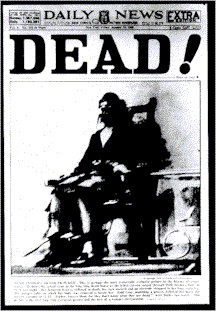December 27, 1927
Los Angeles
Carlos Monroy, 35, was that precarious combination, a glazier and lush, and the missus no longer wished to live with him. So Anita, 29, took Carlos Junior, 10, and moved in with mama, Antonia Barron of 626 East 36th Place, while Carlos stayed with his mother and brother at 2915 New Jersey Street.
It being Christmas, Carlos found himself missing his family, and dropped by the Barron home, with a bottle of whiskey and a long line of apologies. Anita didn’t want to hear it. She intended to be divorced, and further, she and her sister Leonora were going downtown to shop. Would he please leave?
Anita went to the bathroom, and Carlos followed her in, where he drew a razor from his coat pocket and slashed at her throat. Anita ran, bleeding and screaming, through the spare bedroom and into the dining room. Carlos finished her off there, then turned the blade on himself. Their son and the Barron women were witnesses to the carnage, then called for aid, though it was far too late for anything but tears.

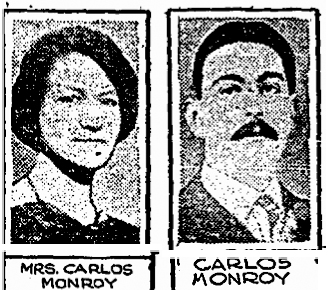

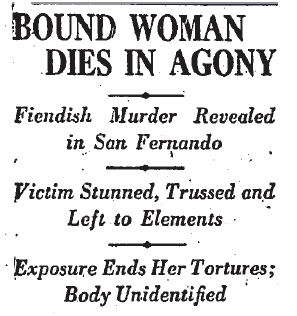 The body of an unidentified woman was discovered off of Mulholland St. (now called Foothill Blvd.) in San Fernando today.
The body of an unidentified woman was discovered off of Mulholland St. (now called Foothill Blvd.) in San Fernando today.



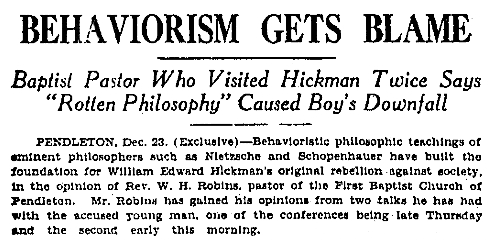


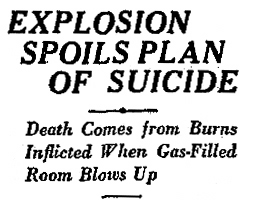 Oh dear, here’s
Oh dear, here’s 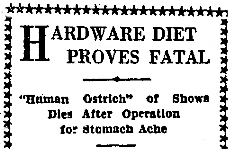 And oh my, it seems one of my favorite attractions of the stage, Sidney Barnes the Human Ostrich, has expired in New Orleans. After complaining of stomach pains, the Homo Struthio underwent an operation to remove a cigar box full of bolts, carpet tacks, razor blades, washers and nails from therein—Barnes did not emerge alive. Guess
And oh my, it seems one of my favorite attractions of the stage, Sidney Barnes the Human Ostrich, has expired in New Orleans. After complaining of stomach pains, the Homo Struthio underwent an operation to remove a cigar box full of bolts, carpet tacks, razor blades, washers and nails from therein—Barnes did not emerge alive. Guess 

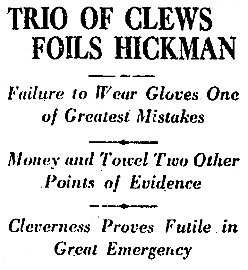


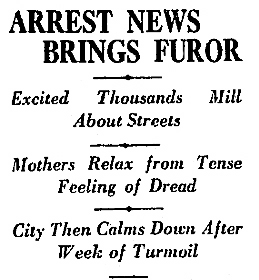
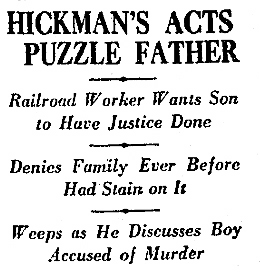


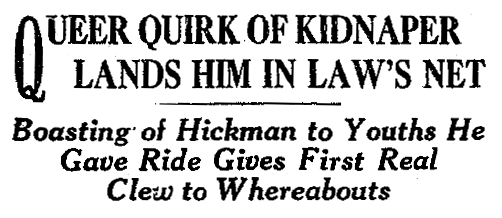



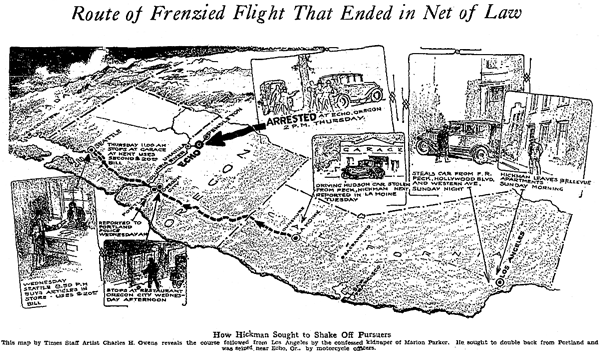


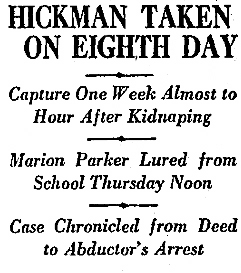
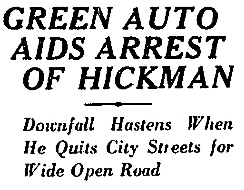


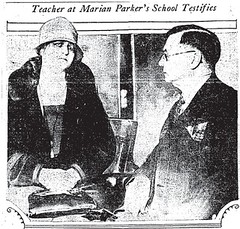 Superintendent of Schools Susan Dorsey spoke out on behalf of Mary Holt, registrar at the Mt. Vernon Junior High, saying, "I spoke with Mrs Holt, and am satisfied that I would have acted as she did if I were confronted with the same circumstances."
Superintendent of Schools Susan Dorsey spoke out on behalf of Mary Holt, registrar at the Mt. Vernon Junior High, saying, "I spoke with Mrs Holt, and am satisfied that I would have acted as she did if I were confronted with the same circumstances."
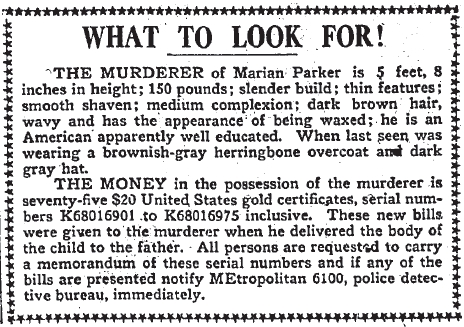


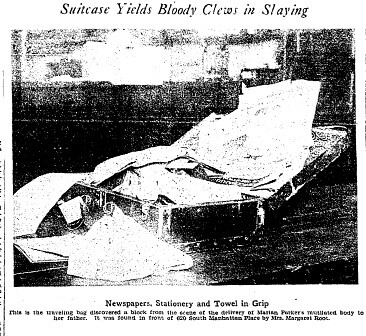
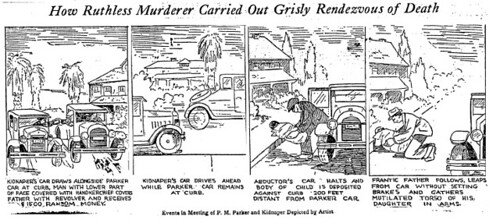


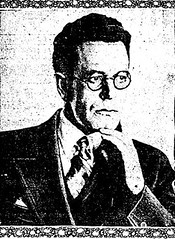 If there is an explanation for the obvious overkill in the murder of Albert Snyder, it must be that Ruth’s previous attempts to snuff out the life of her husband (twice by asphyxiation and once by poison) had failed – and she wasn’t about to give up. Ruth had persuaded her husband to take out a double indemnity policy, which would pay her in the event of his accidental death. It was the lure of the $97,000 worth of life insurance that compelled her to continue with her diabolical schemes until she succeeded.
If there is an explanation for the obvious overkill in the murder of Albert Snyder, it must be that Ruth’s previous attempts to snuff out the life of her husband (twice by asphyxiation and once by poison) had failed – and she wasn’t about to give up. Ruth had persuaded her husband to take out a double indemnity policy, which would pay her in the event of his accidental death. It was the lure of the $97,000 worth of life insurance that compelled her to continue with her diabolical schemes until she succeeded. 